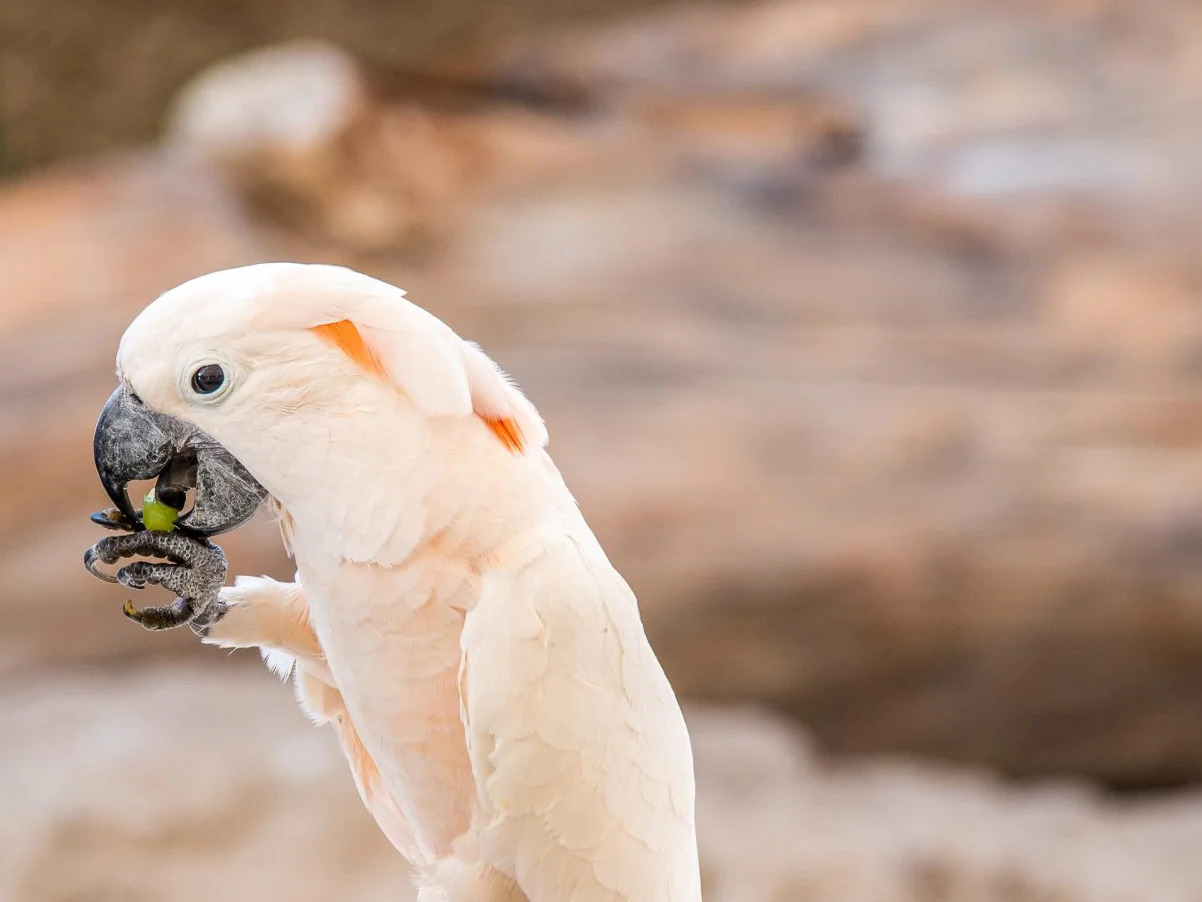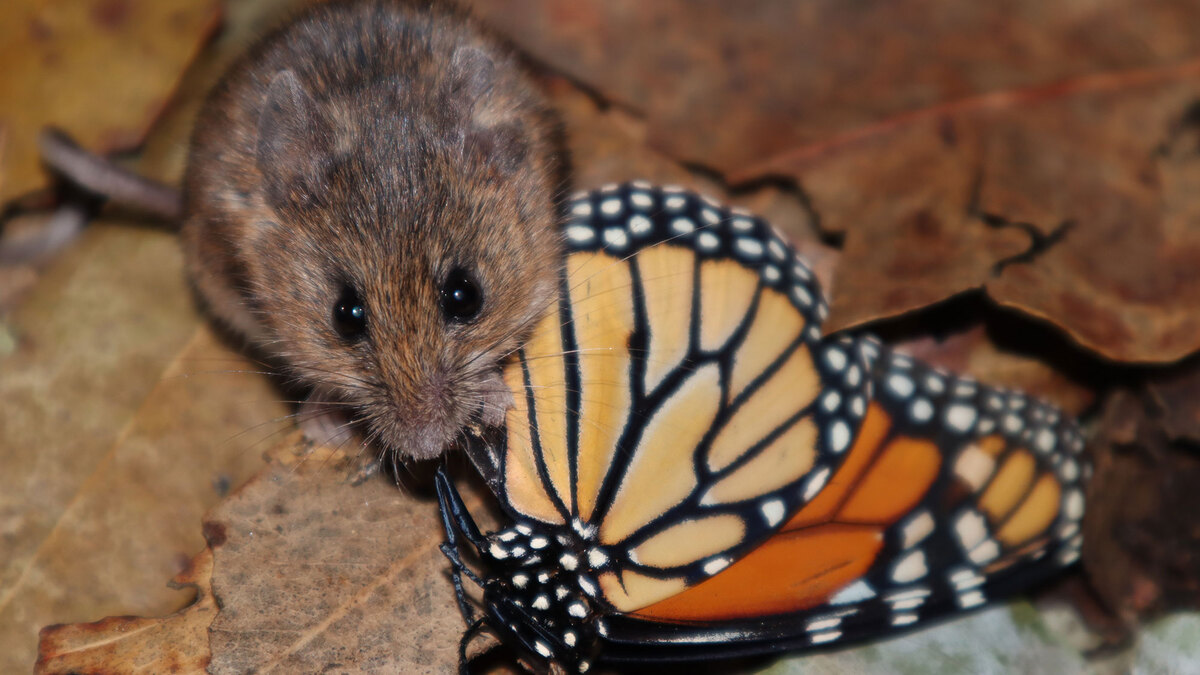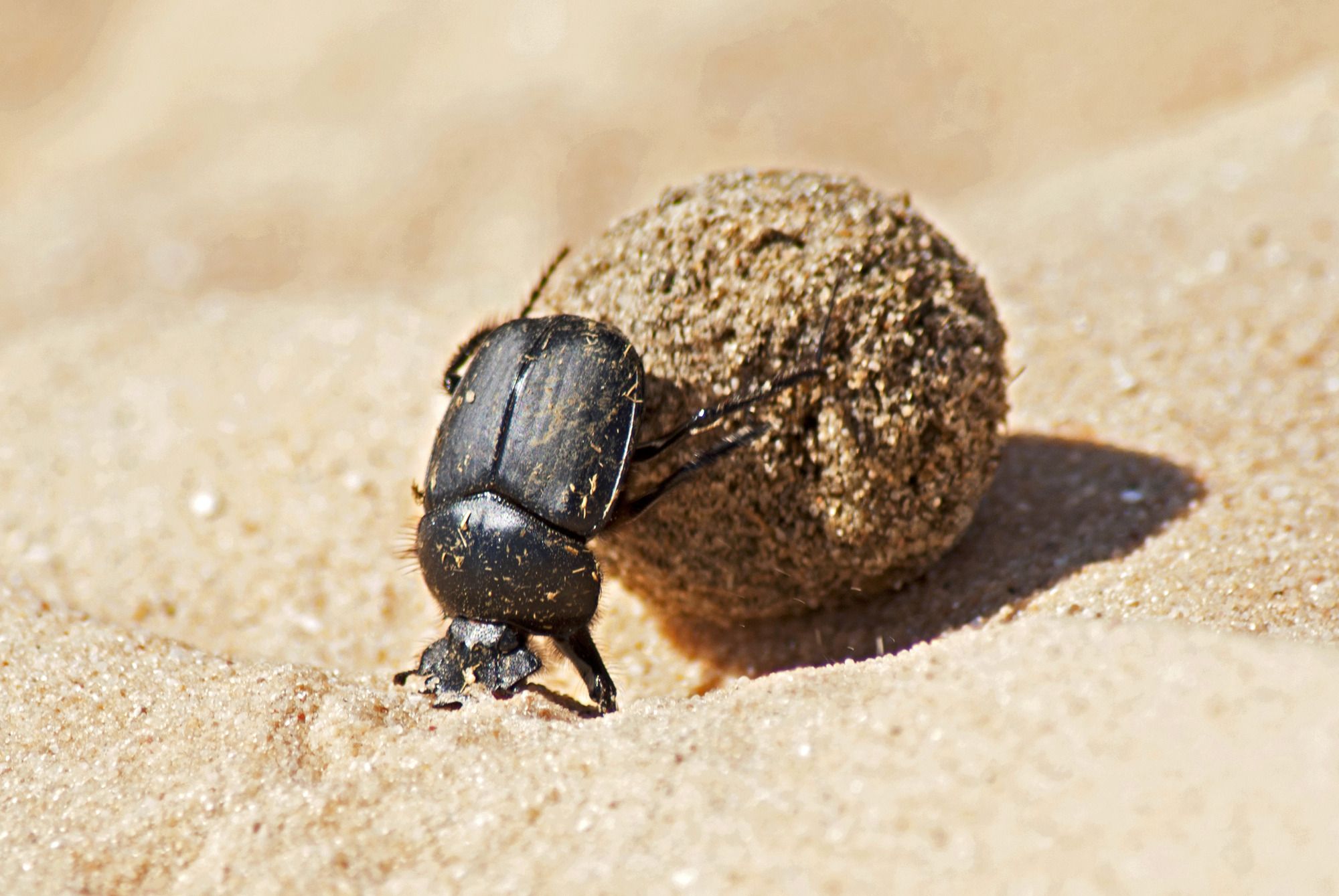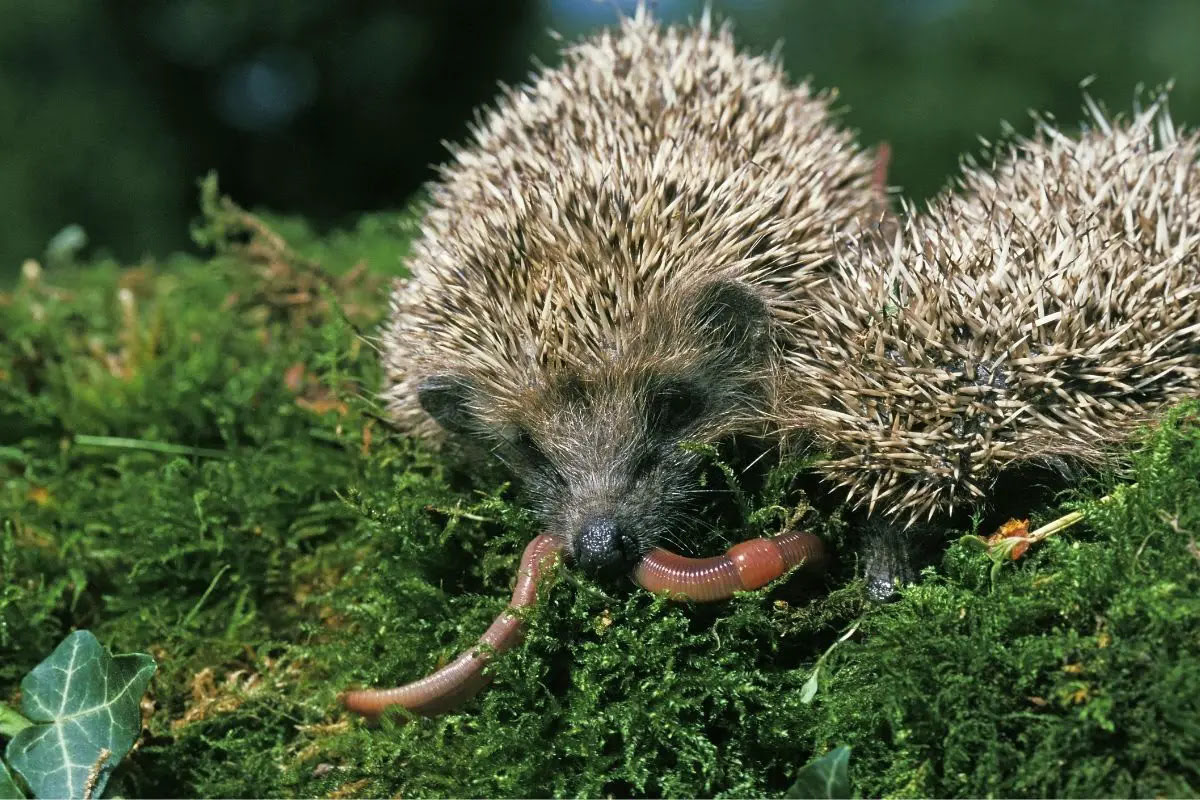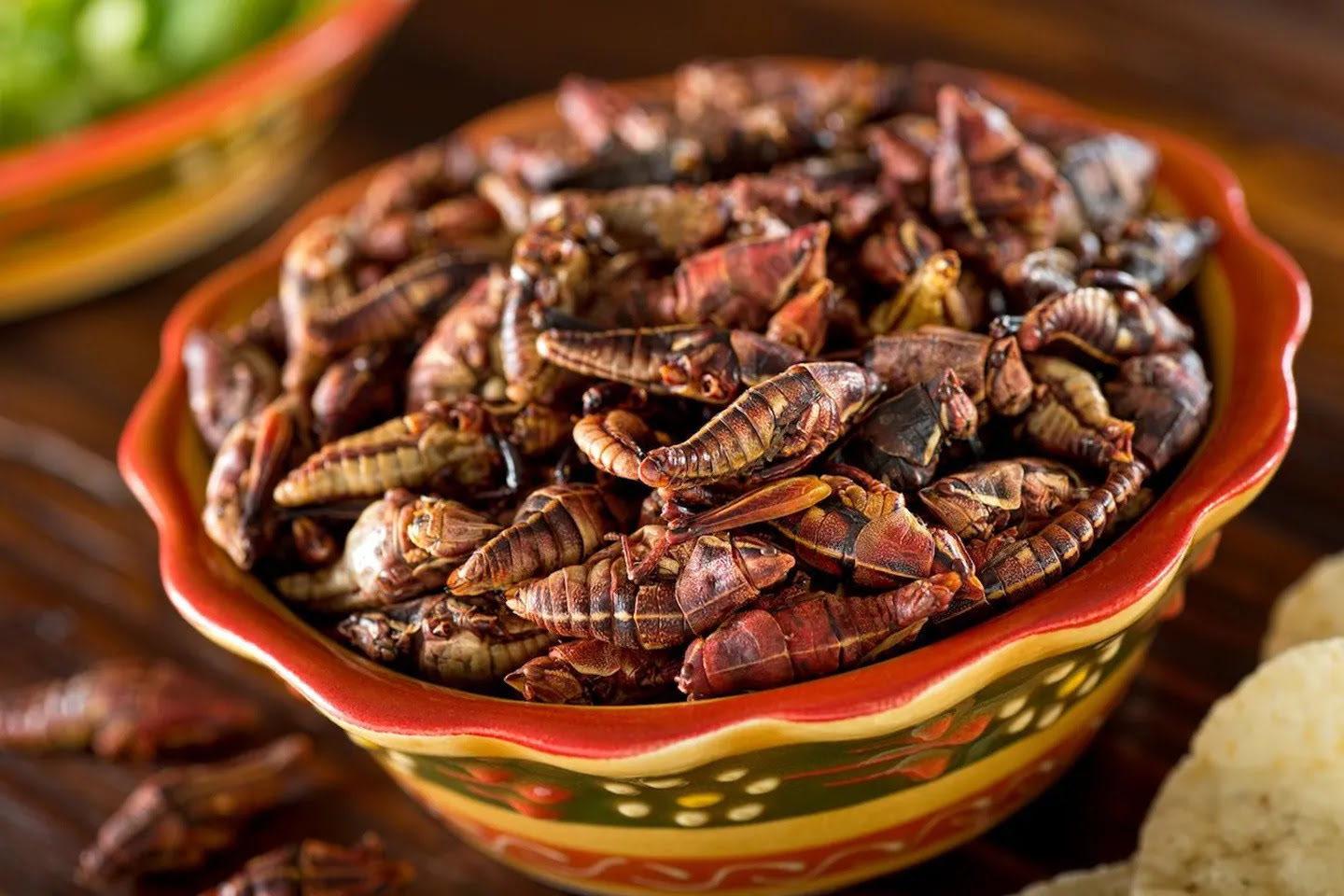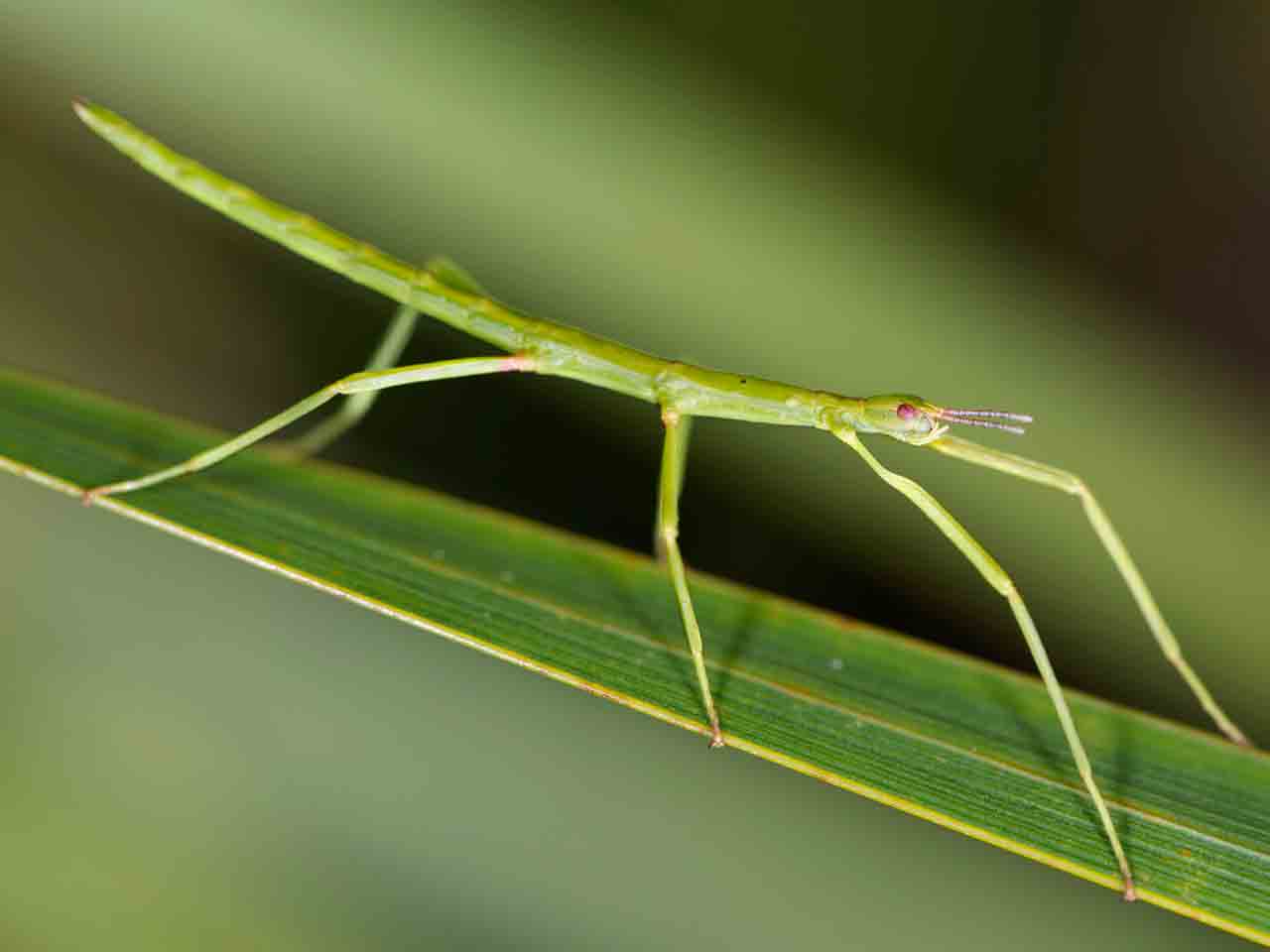Home>Gardening News and Trends>Latest News>What Leaves Do Stick Insects Eat
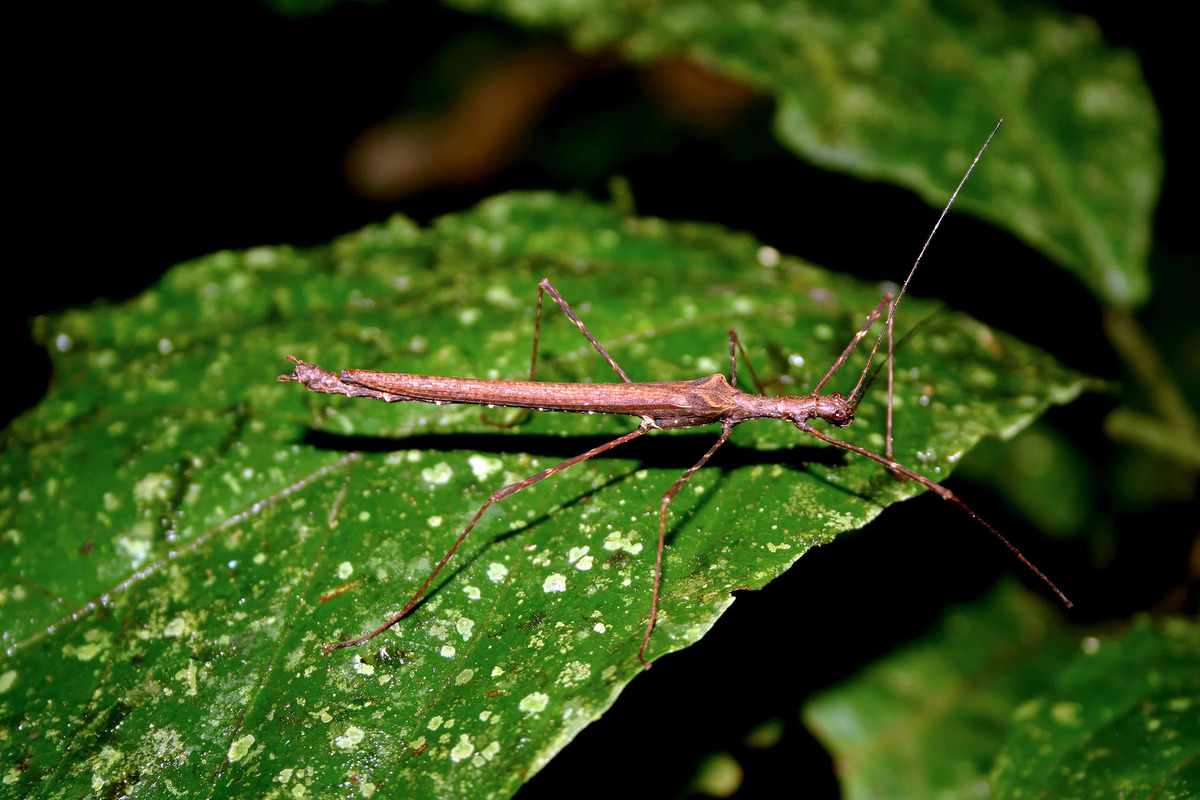

Latest News
What Leaves Do Stick Insects Eat
Modified: January 22, 2024
Stay updated with the latest news on what leaves stick insects eat. Learn about their dietary preferences and how to care for these fascinating insects.
(Many of the links in this article redirect to a specific reviewed product. Your purchase of these products through affiliate links helps to generate commission for Chicagolandgardening.com, at no extra cost. Learn more)
Table of Contents
Introduction
Stick insects, also known as phasmids, are fascinating creatures that are well-known for their incredible camouflage and unique physical adaptations. With over 3,000 different species found across the globe, stick insects come in a variety of shapes, sizes, and colors, blending seamlessly into their natural environments. One of the key factors that contribute to the survival and successful reproduction of stick insects is their diet.
Stick insects are herbivorous creatures, meaning they primarily feed on plant material. Leaves, in particular, form a significant part of their diet. These fascinating insects have adapted to consume and utilize the nutrients found in leaves, enabling them to thrive in diverse ecosystems.
In this article, we will explore the importance of leaves in the diet of stick insects, the different types of leaves they consume, their leaf selection preferences, the nutritional benefits of leaves, their patterns of leaf consumption, as well as the adaptations that enable them to efficiently consume this plant material.
Leaves as the Primary Diet
Leaves play a vital role in the diet of stick insects, serving as their primary source of nutrition. These insects have evolved to be highly specialized in consuming leaves, as they possess specialized mouthparts and digestive systems that facilitate the breakdown and extraction of nutrients from plant material.
Stick insects feed on a wide variety of leaves, including those from trees, shrubs, and herbaceous plants. Their ability to consume such a diverse range of leaves allows them to adapt to various habitats and ensures a steady supply of food throughout their lifecycle.
Leaves provide stick insects with essential nutrients, such as carbohydrates, proteins, vitamins, and minerals, necessary for their growth and development. The nutritional composition of leaves can vary depending on the plant species, which is why stick insects have the ability to selectively choose the leaves that best meet their dietary requirements.
The consumption of leaves also provides stick insects with necessary moisture. While some species are capable of extracting water directly from leaves, others rely on the moisture content present within the leaf itself. This adaptation allows stick insects to survive in arid environments where water sources may be scarce.
Stick insects have a slow metabolic rate, allowing them to efficiently extract nutrients from the leaves they consume. This ability is further enhanced by their large hindgut, which contains microorganisms specialized in breaking down complex plant fibers. These microorganisms aid in the digestion process and enable stick insects to extract the maximum nutritional value from the leaves.
Types of Leaves Consumed by Stick Insects
Stick insects have a diverse palate when it comes to the types of leaves they consume. They feed on leaves from a wide range of plants, including but not limited to, trees, shrubs, and herbaceous plants. The specific types of leaves they choose to consume can vary depending on their species, geographical location, and availability of food sources.
Some stick insects prefer broad-leaved plants, while others may opt for narrow-leaved plants. They may consume leaves from deciduous trees, evergreen trees, or even plants with spiky or thorny leaves. The variety of leaves consumed highlights the ability of stick insects to adapt to a range of habitats and food sources.
When it comes to tree leaves, stick insects often feed on popular species such as oak, maple, elm, eucalyptus, and willow. These leaves provide a rich source of nutrients and are commonly found in many ecosystems. Other stick insect species may have more specific preferences, relying on particular tree species known to occur in their natural habitat.
For stick insects living in areas with a high diversity of plant species, they may consume a broader range of leaves depending on what is available seasonally. They may also consume leaves from plants typically found in their natural habitat, such as ferns, palms, blackberry bushes, or specific tropical plant species.
In some cases, stick insects even show a preference for leaves that have certain physical characteristics, such as a particular shape, size, or texture. This preference could be influenced by factors like leaf thickness, leaf vein patterns, or the presence of trichomes, which are hair-like structures on the leaf surface.
Overall, the types of leaves consumed by stick insects are varied and diverse, reflecting their ability to adapt to different environments and utilize an array of plant resources for sustenance.
Leaf Selection and Preferences
Stick insects exhibit specific leaf selection preferences when it comes to choosing their food source. While the exact criteria for leaf selection can vary among species, several factors influence their preferences, including leaf shape, size, texture, color, and chemical composition.
One of the key factors that stick insects consider is leaf shape. Some species prefer leaves with a specific shape, such as elongated or ovate, as it allows them to blend in better with their surroundings. Stick insects use their remarkable camouflage abilities to evade predators, and selecting leaves that closely resemble their body shape aids in this disguise.
The size of the leaves also plays a role in their selection. Stick insects may prefer leaves that are large enough to provide a substantial amount of nutrition but not so large that they are difficult to handle. Smaller stick insects, for instance, may choose smaller leaves that are easier to grasp and consume.
Leaf texture is another important aspect that stick insects consider. They may have a preference for leaves with smoother textures, as they are easier to grip and manipulate while feeding. Leaves with rough surfaces or strong venation may be less preferred, as they can hinder the insects’ ability to move and consume the foliage.
The color of the leaves can also influence stick insect preferences. Some species are more attracted to green leaves, as this color is abundant in their natural environment. However, certain stick insects may show a preference for leaves that have a different color, such as brown or reddish shades, which helps them blend in with specific habitats, such as dry or rocky areas.
Chemical composition is yet another factor that affects leaf selection. Stick insects have developed the ability to detect and assess the chemical compounds present in leaves. They may be able to detect toxic compounds, such as tannins or alkaloids, and avoid leaves that contain high concentrations of these substances. Conversely, they may be attracted to leaves that have more favorable chemical profiles, such as high protein content or lower levels of toxins.
It’s important to note that the leaf preferences of stick insects can vary not only between species but also within populations of the same species. This adaptability reflects their ability to exploit different food sources and maximize their chances of survival in changing environments.
Nutritional Benefits of Leaves for Stick Insects
The consumption of leaves provides stick insects with essential nutrients necessary for their survival, growth, and reproductive success. Leaves are a rich source of carbohydrates, proteins, vitamins, minerals, and other important compounds that contribute to their overall health and well-being.
Carbohydrates are a primary energy source for stick insects, and leaves provide a plentiful supply of these complex sugars. They are broken down during digestion to provide fuel for metabolic processes, allowing stick insects to carry out essential activities such as feeding, moving, and reproducing.
Proteins are essential for the growth and development of stick insects. Leaves contain varying levels of proteins, which serve as the building blocks for muscle development, tissue repair, and the production of enzymes and hormones. Adequate protein intake is crucial for stick insects, especially during their early stages of life when rapid growth and molting occur.
In addition to carbohydrates and proteins, leaves also provide an array of vitamins and minerals that are vital for stick insect health. These include vitamins A, C, E, and K, as well as minerals like calcium, potassium, and magnesium. These nutrients contribute to various physiological processes, including immune function, reproduction, and maintaining proper bone and muscle health.
Leaf consumption also provides stick insects with necessary moisture, especially in environments where water availability may be limited. Stick insects have adapted to extract water directly from leaves or utilize the moisture content present within the foliage. This adaptation allows them to stay hydrated and survive in arid habitats.
Furthermore, leaves contain phytochemicals, which are bioactive compounds that have protective effects against predators or pathogens. Stick insects may benefit from these compounds, as they offer defense mechanisms against potential threats. Some phytochemicals also have antioxidant properties, contributing to the overall health and longevity of stick insects.
The nutritional benefits of leaves for stick insects are crucial for their survival and successful reproduction. Their ability to efficiently extract and utilize the nutrients from leaves ensures that they can thrive in diverse habitats and adapt to changing environmental conditions.
Leaf Consumption Patterns
Stick insects exhibit specific leaf consumption patterns that are influenced by factors such as their species, life stage, and environmental conditions. Understanding these patterns provides insights into their feeding behaviors and strategies for acquiring sufficient nutrition.
Leaf consumption patterns can vary between stick insect species. Some species are known to be voracious leaf eaters, consuming large quantities of foliage each day. Others may have more moderate feeding habits, taking smaller and more selective bites of leaves. These differences in feeding behavior may be influenced by factors such as the availability of food sources or the nutritional content of the leaves.
Leaf consumption patterns can also vary depending on the life stage of stick insects. Juvenile stick insects, during their early instars, often have high feeding rates to support their rapid growth and development. They may consume a significant amount of vegetation to fuel their metabolic processes and facilitate molting. As stick insects mature and reach adulthood, their feeding rates may decrease, as they shift their focus towards reproductive activities.
Environmental conditions also influence leaf consumption patterns. Stick insects may adjust their feeding behaviors based on factors such as temperature, humidity, and the availability of food sources. For example, during periods of high temperatures or drought, stick insects may reduce their feeding rates or enter a period of reduced activity to conserve energy. Conversely, during favorable environmental conditions, they may increase their feeding rates to take advantage of abundant food resources.
Another interesting leaf consumption pattern observed in stick insects is the phenomenon of “masting.” Masting refers to synchronized production of large quantities of seeds or fruits by certain plant species in irregular intervals. When masting events occur, stick insects that rely on these plants as their primary food source experience an abundance of leaves. This sudden availability of food can trigger an explosive population growth of stick insects, leading to a temporary surge in their numbers.
It’s worth noting that stick insects have evolved various feeding strategies to optimize their leaf consumption. Some species may employ a strategy known as “leaf tracing,” where they follow the edges or veins of a leaf to minimize detection by predators. Others may have specialized feeding behaviors, such as leaf rolling or leaf skeletonizing, which allow them to consume leaves while minimizing the risk of being detected.
Overall, the leaf consumption patterns of stick insects are influenced by species-specific characteristics, life stage, and environmental factors. These patterns reflect their ability to adapt their feeding behaviors to optimize nutrient intake and ensure their survival in various ecological conditions.
Adaptations for Leaf Consumption
Stick insects have evolved remarkable adaptations that enable them to effectively consume and utilize leaves as their primary food source. These adaptations are essential for their survival in diverse habitats and play a significant role in their overall ecological success.
One of the key adaptations for leaf consumption is their specialized mouthparts. Stick insects have chewing mouthparts that allow them to break down leaves into smaller, more manageable pieces. Their mandibles are strong and equipped with sharp cutting edges, enabling them to tear through plant material. This adaptation allows stick insects to access the nutrients contained within leaves and efficiently consume their food.
In addition to their mouthparts, stick insects also have specialized digestive systems that aid in the breakdown of leaves. Their digestive tract is well-equipped with enzymes capable of breaking down complex plant fibers, which are often challenging to digest. This adaptation facilitates the extraction of nutrients from leaves and ensures that stick insects can obtain the maximum nutritional value from their food source.
Stick insects have also evolved unique adaptations to handle and manipulate leaves during feeding. Their legs are equipped with sharp spines or hooks that allow them to securely grip onto the leaf surface, preventing them from slipping or being dislodged while consuming foliage. These adaptations provide stability and enhance their ability to feed without being detected by potential predators.
Camouflage is another essential adaptation that aids stick insects in leaf consumption. They have evolved to closely resemble the appearance and texture of the leaves they feed on, effectively blending into their environment and reducing the risk of predation. This exceptional camouflage allows stick insects to feed undisturbed, as they remain virtually invisible to predators, including birds and reptiles.
Furthermore, stick insects possess adaptations that help them detoxify potentially harmful compounds in leaves. Some plant species contain toxic chemicals, such as tannins or alkaloids, which could be detrimental to stick insects if ingested in high quantities. To combat this, stick insects have evolved detoxification mechanisms, such as specialized enzymes or gut microorganisms, which enable them to metabolize and eliminate these toxins from their systems.
Lastly, stick insects have adaptations that allow them to extract water from leaves. Some species have specialized mouthparts that can pierce the leaf surface and access the fluid within the leaf veins, providing them with hydration in arid environments. Others may rely on the moisture content present within the leaves themselves, conserving water and enabling them to survive in habitats where water sources may be scarce.
These fascinating adaptations collectively contribute to the success of stick insects in consuming and thriving on a leaf-based diet. Their specialized mouthparts, digestive systems, grip-enhancing structures, camouflage abilities, detoxification mechanisms, and water-extraction adaptations are all finely tuned to enable efficient leaf consumption and maximize their chances of survival in various ecological niches.
Conclusion
Leaves are the primary diet of stick insects and play a crucial role in their survival, growth, and reproduction. These fascinating creatures have evolved a range of adaptations to effectively consume and utilize leaves as their main food source.
Stick insects exhibit selective preferences for certain types of leaves based on their shape, size, texture, color, and chemical composition. They have developed specialized mouthparts and digestive systems to break down and extract nutrients from leaves efficiently. Additionally, adaptations such as camouflage, grip-enhancing structures, and detoxification mechanisms aid in their feeding behaviors and protect them from predators.
The nutritional benefits of leaves for stick insects are essential, as they provide carbohydrates, proteins, vitamins, minerals, and phytochemicals that support their overall health and well-being. Leaves also contribute to their hydration needs, particularly in arid environments.
Stick insects display specific leaf consumption patterns influenced by their species, life stage, and environmental conditions. They have the ability to adjust their feeding behaviors to adapt to changing circumstances, ensuring their survival and maximizing their chances of reproductive success.
Through their remarkable adaptations, stick insects have not only thrived in a wide range of habitats but also played important ecological roles as herbivores. Their consumption of leaves contributes to nutrient cycling and the overall balance of ecosystems.
In conclusion, the dependence of stick insects on leaves as their primary diet highlights the fascinating and intricate relationship between these insects and the plant kingdom. The study of stick insects’ leaf consumption behaviors and adaptations continues to shed light on their evolutionary success and their role in shaping the delicate balance of nature.
